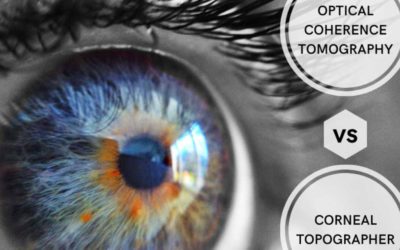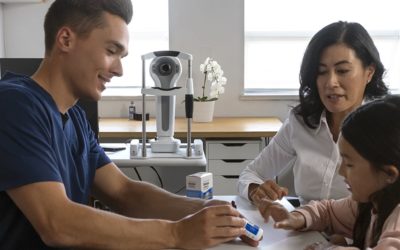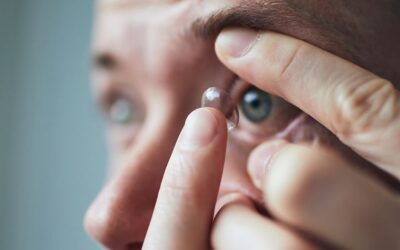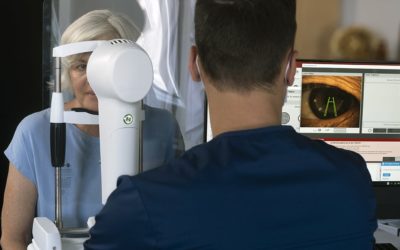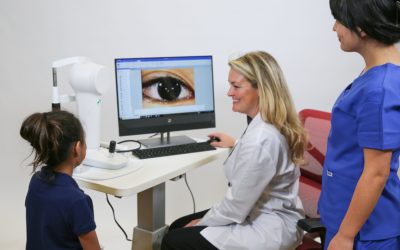Blog
Take a Gamble on Learning: GSLS 2022 Event Preview
One of the largest contact lens conferences is back in person in 2022, and we are excited to double down on learning.
An O.D.’s Playbook: Optical Coherence Tomography Versus Corneal Topography
The rugby championship may have passed, and both the World Cup and Big Game are still a few months away. Since we’re always in the mood for a good game, we set up a head-to-head matchup of two diagnostic tools to help you decide what is right for your optometry practice.
Is OrthoK a Visionary Solution for Your Patients?
There’s no doubt you’ve seen a rise in patients in need of treatment for myopia. Exacerbated by long periods staring at screens and reduced time outdoors, myopia rates understandably exploded over the past year and a half. But the truth is, even before the pandemic, rising instances of myopia were alarming.
4 Tips to Improve PX
Often the difference between your success and that of another optometry practice may not just be in the equipment you use. While cutting-edge tools are important in staying on top of the services your practice offers, to gain a competitive advantage, you may want to consider looking at the person behind the equipment.
Best Lens for Myopia Management
As you know, myopia is on the rise worldwide. In fact, the World Health Organization estimates that half of the world’s population may be myopic by the year 2050. While that’s quite alarming, there is good news.
3 Tips for Practitioners to Improve Patients’ Contact Lens Fitting
Are you struggling to get the best contact lens fitting for your patients? Whether you’re just launching your career or have built a successful, established practice, there’s always room to fine-tune your techniques.
Know More. Know Now. (with our New Blog Series)
As we slowly begin to find our way back to pre-Covid times, we face another shift in how optometrists operate. While change is inevitable, a few customs shifted during the pandemic that we believe should continue.
New Perspectives in Managing Dry Eye Start with Screening
It is undeniable that the global COVID-19 pandemic has forced the industry to evaluate its business-as-usual optometry practices and to reassess the patient experience. While this means that doctors may see fewer patients, they can improve each patient’s quality of care by increasing invaluable per-patient visit time and pivoting from the “diagnose and treat” position to a “screen, evaluate, and prevent” position.


